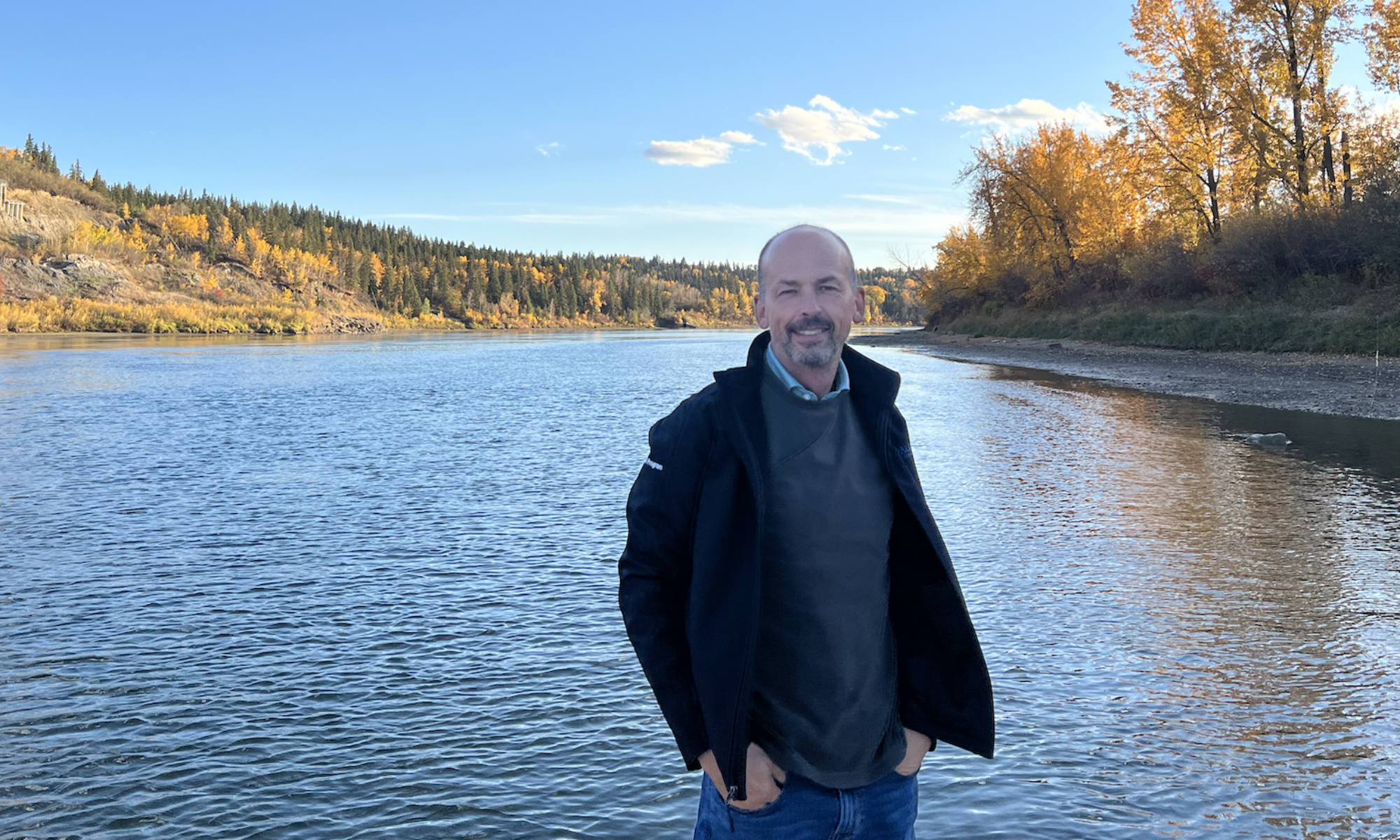I am a fan of the simple. I have made this clear many times before.
Simple, however, has nuance. At one level, “simple” is the essence. It is both attractive and important. The energetic heartbeat of a concept. The core purpose held by a group of people. From essence, clarity can cascade into clarity in so many other related places.
Simplicity is not reductionism. Let’s be clear with that. It is not convenience to then be imposed as single solution or absolute layer of meaning.
These days I’m revisiting some of my learnings on complexity over the last twenty years. One of those is the awareness that the history of western science over the last three centuries has been focussed on dissecting. Braking things into parts. Parts into subparts. Subparts into sub-subparts, and so on. It’s rather impressive.
The flawed premise, however, in this singular focus, has been that if we could get to the smallest unit of existence — an atom, a nucleus, a quark — we would then know the important governing principles for the whole, reassembled back together from its parts. At some level this feels true. Particularly for it’s fractal-like orientation. Simple conditions do create complex behavior (think of birds flocking). Yet, there is something seductively incorrect in this also.
Systems, in fact, take on properties of their own, that do not arise from the property of the part or of the individual. They arise from the engagement of the system. These properties have an emergent quality or a spontaneous self-organizing quality. Simplicity may be noticed in isolation. But it is different than the simplicity that comes from “parts” in relationship together.
When I revisit this kind of thinking on complex wholes, I’m reminded of a simple observation I had with my son many years ago, then three, who was of course learning to speak. Language acquisition remains a kind of miracle to me. At that stage of his life, our interaction often included me pointing at something and asking the question, “what is that?” He would respond. I would repeat the question with several different objects. One of those objects was an orange peel. I asked him what is was. “Peel-of-an-orange.” He said it like it was one word, not four words. He responded in a way that showed me he was seeing a kind of whole.
Just as it was for my son learning language, I feel that we as adult humans now are learning to see wholes. Relearning, I suppose. Not just individual chess pieces but the whole chess board, as chess masters do. To see the collective properties that are different from the properties of individual parts. It is a different kind of simple. It takes a different kind of instinct, that contradicts 300 years of habit, yet perhaps is as natural as a three year-old naming something new.
